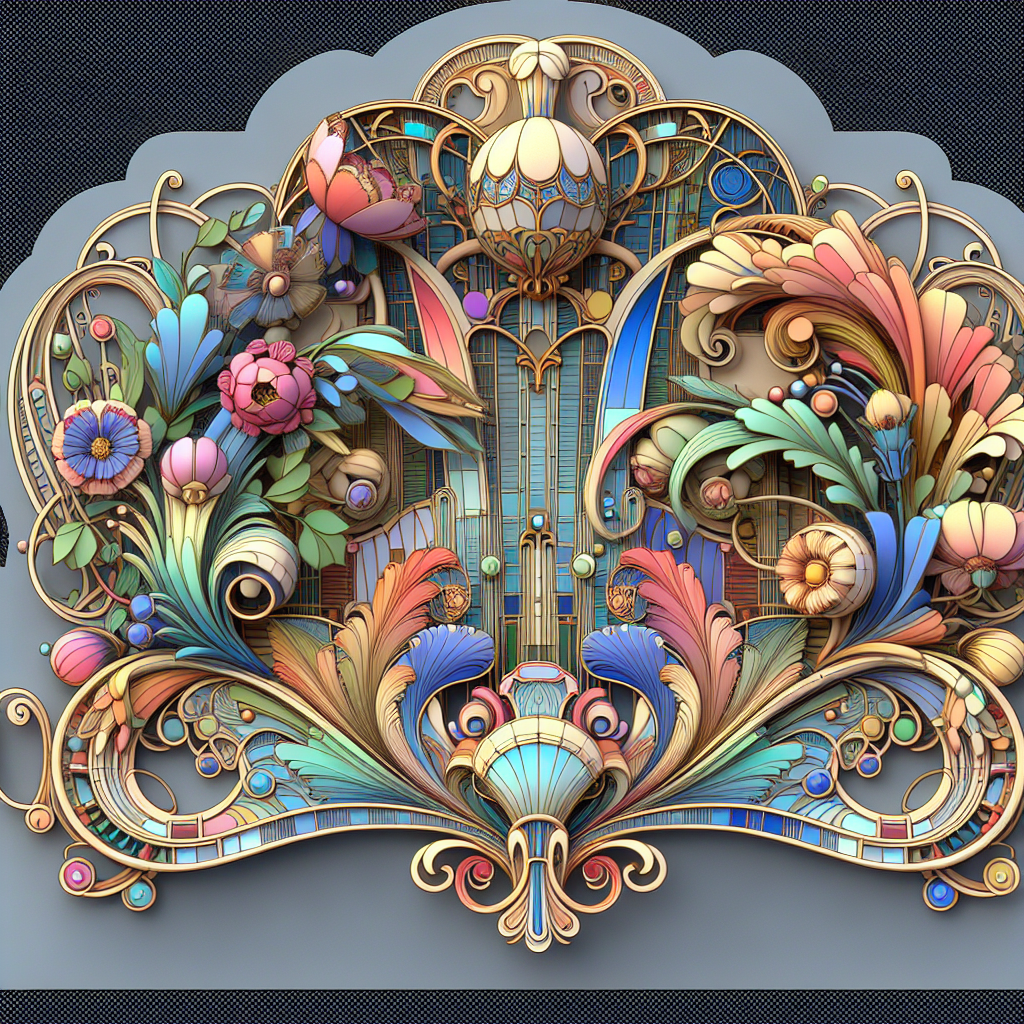Charles Gesmar: The Creative Visionary Who Painted the Roaring Twenties
If artists could be time machines, Charles Gesmar would certainly be the one taking us back to the thrilling Jazz Age. Known for his vivid and captivating stage posters, Gesmar created a world of color and extravagance that defined the opulent entertainment circles of 1920s Paris. Born in France in 1900 and rising to fame during a time of cultural renaissance, he honed his craft into an esteemed career that electrified the theatre scene and embodied the optimism and freedom of his era.
The Artist Within: Who Was Charles Gesmar?
Charles Gesmar was not just an artist; he was an auteur of visual storytelling. Despite a tragically short life, ending at the age of 27, his artwork left an indelible mark. His journey began when he was merely a teenager, demonstrating his artistic prowess while still sketching in margins of schoolbooks. His formal undertaking in art commenced when he moved to Paris—Enrolled in the Academy of Decorative Arts.
He emerged onto the art scene at a critical time in history—a post-war epoch and the advent of modernism when societies were on a quest for joy and innovation. He epitomized what it meant to be an artist then: free, expressive, and groundbreaking. His focus? Capturing the enchantment of performance art, whether that be in the theatre or the bustling nightlife.
Mastering the Glamour of The Roaring Twenties
Gesmar's work is characterized by its focus on motion and color, elements that suggest a blend of optimism and audacity. His foray into the world of performers started when he became the principal designer for the famous cabaret star, Mistinguett—a partnership that would soon define his career.
Gesmar's posters and stage designs were not merely promotional; they were ornate and spirited pieces that engrossed the viewer in a story with where movement, expression, and attire encapsulated the vibrancy of the performance. From feathered costumes to dynamic poses, he used these as instruments to immortalize the figures in his art.
Influence and Innovation: The How of Gesmar’s Techniques
His artistic techniques highlight an ingenious manipulation of gouache watercolor combined with a flair for striking color contrasts. Analysis of his works shows that Gesmar managed to champion techniques that allowed his subjects, primarily singers and dancers, to dominate like divine avatars from mythology.
Gesmar's art was a rich tapestry woven with multiple thread-like techniques from illustrious Art Nouveau and Art Deco movements. A signature twist, however, was how he injected his signature sense of movement and vitality—a raw, unencumbered sensation of life on the brink of action.
Why Charles Gesmar Matters Today
You might wonder why Charles Gesmar is significant outside his historical context. With today's resurgence of interest in vintage art, his works stand as touchstones for exploring issues of identity, culture, and festivity through vibrant visual expression. Gesmar’s creations delve beyond aesthetics, offering social commentary on the façade yet genuine allure of entertainment lore that defined the 1920s.
Moreover, Gesmar's work possesses an indispensable humanistic quality that offers modern audiences a visual experience that’s both enlightening and decorative. The textiles, colors, and emotions portrayed in his artwork foster a continual dialogue between past and present—a perennial reminder of the richness of creativity.
The Unwritten Legacy
Regrettably, as much as his works were celebrated, much of Gesmar's legacy remains largely unspoken—an enigmatic chapter in the chronicles of art history. As an artist who thrived amid the theatre's ephemeral nature, his legacy is shrouded more in mystery than in the widespread acclaim befitting a genius of his caliber.
For those who regard art as an essential window into our shared humanity, Gesmar offers a vivid reflection—both a mirror and a lens. His daring creativity carved within the contours of time point to an artist unafraid to challenge conventions, transform fleeting spectacles into lasting art, and see the world as a stage ready for brilliance.
Gesmar's artistic journey, brief yet potent, serves as a clarion call for unlocking the creative potential dormant within each of us. It’s a testament to expressive courage amid the uncertainties and pleasures that make up the tapestry of life. Simply put, rediscovering Charles Gesmar invites us to embrace a spirit of unrestricted artistry: a call to welfare, possibility, and wonder.

